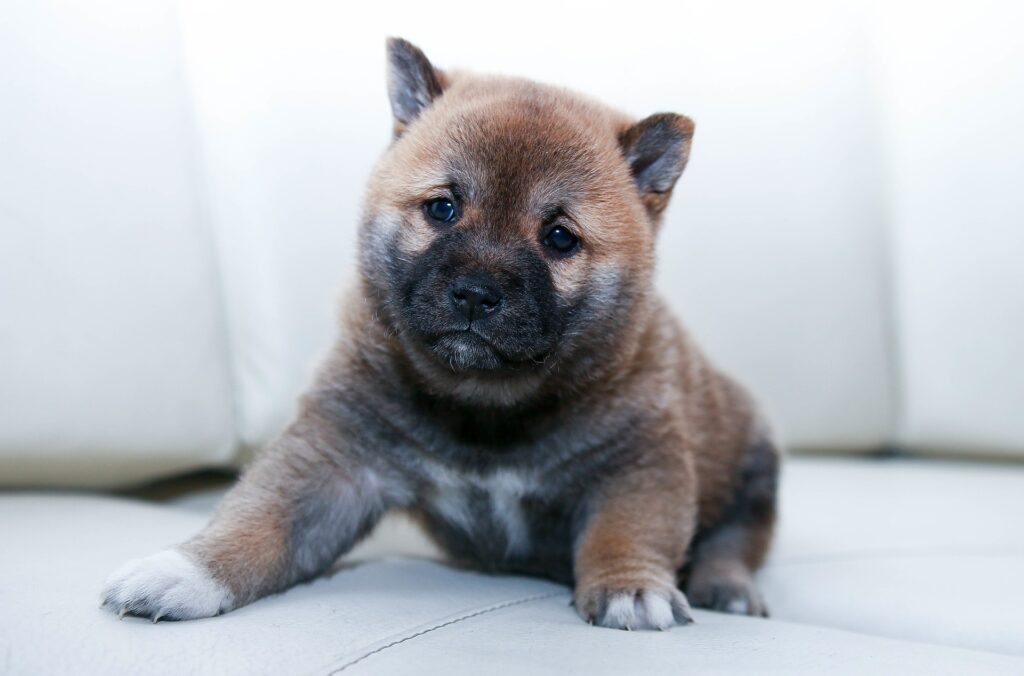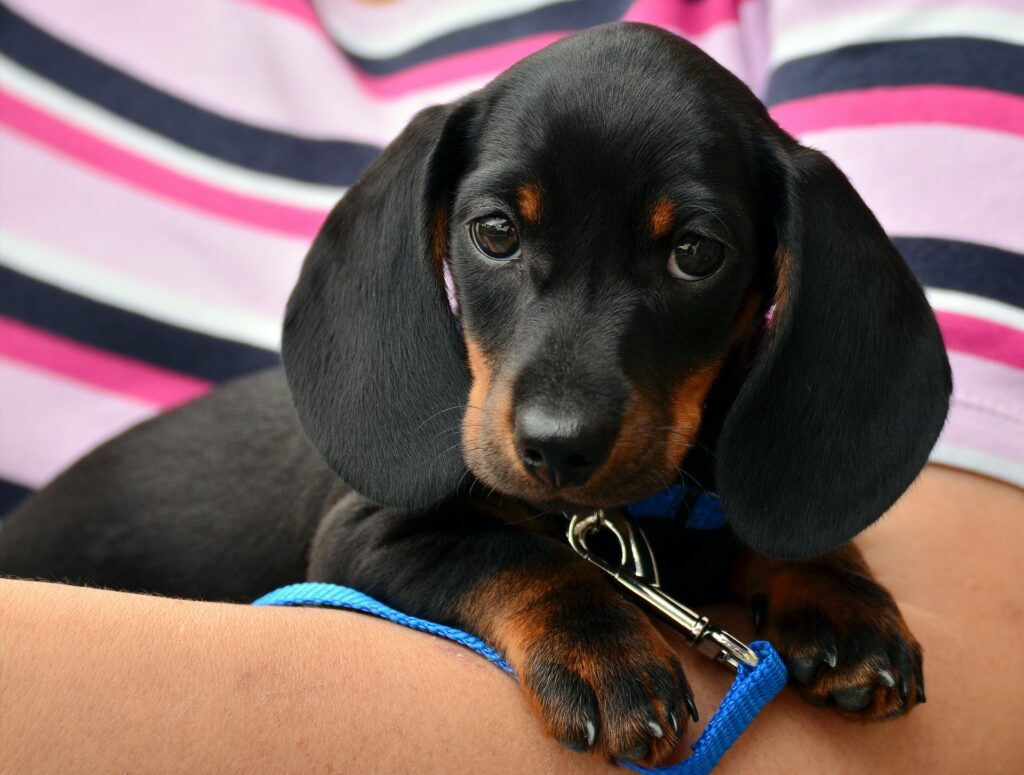When you bring a new puppy into your home, one of the important things to prepare for is how to potty train your puppy. You don’t want to deal with any unnecessary accidents, and new puppies can be challenging. Associating positivity with crates is essential to succeed in potty training your puppy. Constant supervision and being consistent can ensure potty training wins all the way around.

Crates Are Critical to Potty Train Your Puppy
Crates can be an excellent tool to use when attempting to potty train your puppy. They serve more than a single function as a crate can also become a safe space for your pet. Not only do crates give your puppy a place to relax, but it also trains them to not do their business in the same space they sleep. Dogs and puppies don’t like to sleep and do their business in the same place, so it instinctually keeps them from having accidents indoors.
Choose the right size crate for your puppy. Don’t get a crate your puppy can grow into. As your puppy grows, get bigger crates. If the crate is too big, the crate will work against you, and your puppy will pee or poop in the farthest away corner. The best crate is one where your puppy can stand up, turn around, and lie down without feeling cramped.
Trainers agree that you should never use the crate as punishment because that would create a negative association. Instead, only ever use the crate for naptime, bedtime, and when you might need to leave your puppy unsupervised. Crates can feel like a cozy den, and dogs like that atmosphere.
Constant Supervision Is Effective
Successful potty training is a result of constant supervision. You have to keep an eye on your puppy to get to know signals that it needs to go outside. By recognizing the signs, you have a lesser chance of having to deal with accidents inside. Being aware of your puppy sets you both up for success in potty training.
Common signs that a puppy needs to go potty include wandering off to be by themselves anywhere but the crate or whining to get your attention. Puppies may also sit by the door to let you know they need to go outside. Some puppies also walk around in circles as if they’re trying to find the perfect spot. If you pay attention, you’ll find your puppy’s signal that it needs to go out.
You can also tether your puppy to the belt on your pants. By doing so, you’ll be more aware of what it needs when it moves around. Tethering also prevents your puppy from wandering off. The leash you use needs to be long enough for your puppy to be comfortable but short enough that it can’t get too far. A standard leash with a wrist loop is perfect because it’s not too short and not too long.

Be Consistent With Schedules and Potty Training
New puppies need to be taken outside every couple of hours. Think of them like new babies that need frequent changes. The difference is that puppies don’t wear diapers, so you need to take them out regularly to teach them to do their business outside.
Create a consistent schedule so they know what to expect. Include feeding times on the schedule and potty breaks. Be aware that puppies also tend to need to go potty after they eat. Feeding them on schedule followed by a potty break is a routine they can get used to and go to at the right time.
Positive reinforcement is also critical in training your puppy. Puppies love to be rewarded and receive positive attention. When they go outside, immediately reward them with lots of praise or a favorite treat. The association they make with doing their business outside can make or break their success.
A Few Final Words on How to Potty Train Your Puppy
Potty training is highly demanding of your attention and time, but there are certain things you need to remember. You may have been told to use puppy pads as a means of training. Unless you have a situation where you need your puppy to use puppy pads, avoid them. Using them can be confusing for your puppy. Instead, it would be best to use crates to help you train your puppy while also creating a safe place for your newest family member. Remember to always use positive reinforcement when your puppy does what it is supposed to do and respond with praise or treats. More than anything, you need to be consistent with your pup. Have a routine to give your puppy confidence in knowing what to expect as it grows into a well-rounded adult dog.



